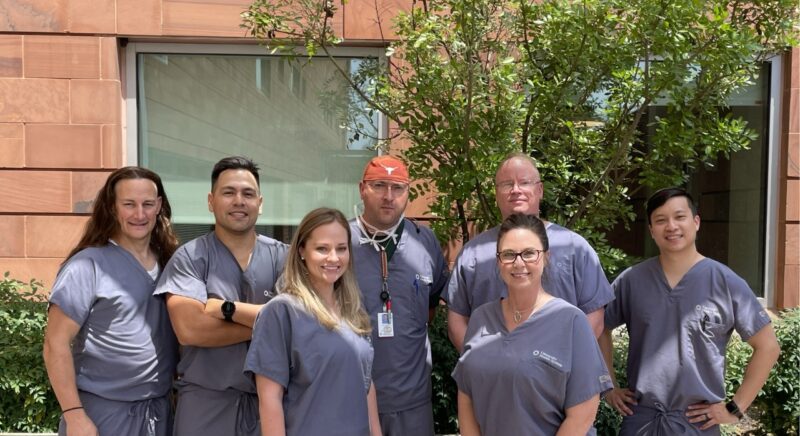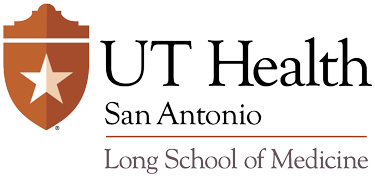The Heart team in Texas: UT Health Perfusion

What is the Perfusion Mentorship Program (PMP)?
All perfusion programs require a minimum number of case observations and a letter of recommendation to apply. The main goal of the PMP is to provide an environment where applicants will be able to observe as many cases as they wish while at the same time being assigned a specific perfusion mentor. This mentor will be able to help guide the applicants through the process of applying and interviewing. They will be able to provide mock interviews and provide a higher working knowledge of cardiovascular perfusion that may provide an advantage over other applicants. The process is extremely competitive and placement is not guaranteed. Each program will still require transcript evaluation. But the mentor may be able to help the applicant narrow down the programs that would best fit them. Each program will require a letter of recommendation. This mentor will be able to provide a personalized letter of recommendation as they get to know the applicant.
What is a cardiovascular perfusionist?
A cardiovascular perfusionist is a member of the allied health team that supports operations involving the heart, lungs, major arteries and veins that will required the use of a heart lung machine. There are other operations that require the use of this extracorporeal technology (technology involving the use of pumps to take blood outside the body and returning it to an artery or vein). Examples of operations that would utilize a perfusionists are coronary artery bypass, heart valve repairs/replacements, heart/lung transplantation, operations involving the major arteries and veins of the heart, selected liver transplant operations, certain oncologic operations such as kidney cancers involving the great vessels of the abdomen. There are to many to create a comprehensive list.
What is cardiopulmonary bypass?
Cardiopulmonary bypass (CPB) is a combination of pumps, gas mixing devices, and single use disposable kits that are customized for each patient. This is commonly called “heart lung machine”. There are many versions as each system can be modified and used for many different applications. To plainly explain the CPB machine removes venous blood from the patient using a temporarily implanted cannula. The blood is then pumped into a membrane which mimics the human lungs by removing carbon dioxide and replacing the used oxygen. This blood is then returned to the body through another temporary cannula. During this time the heart can be cooled and stopped safely for and extended period of times; from a few minutes to several hours.
Perfusion Program
Apply Now
Have questions? Contact us at:
Department of Cardiothoracic Surgery
8300 Floyd Curl Dr., 3rd Floor – 3B
San Antonio, TX 78229
Enoch Ching, LP, CCP
chinge@uthscsa.edu
210-567-3512
